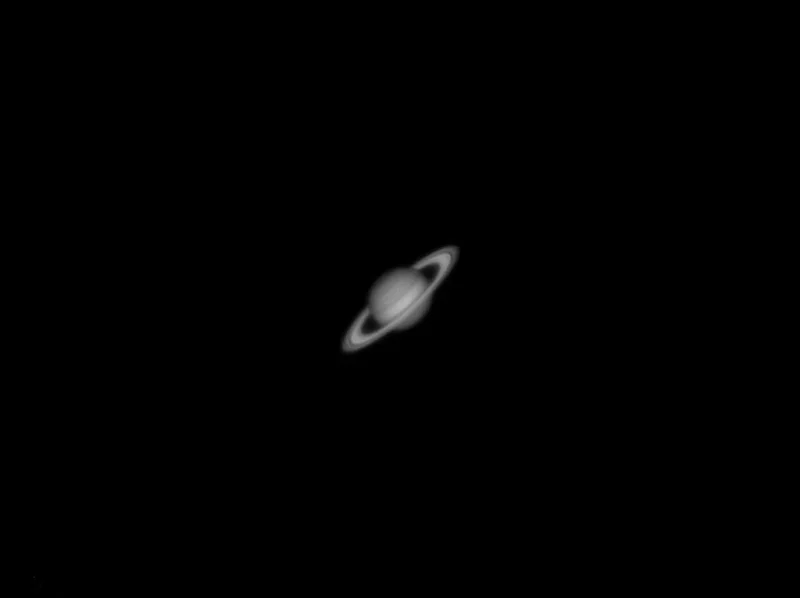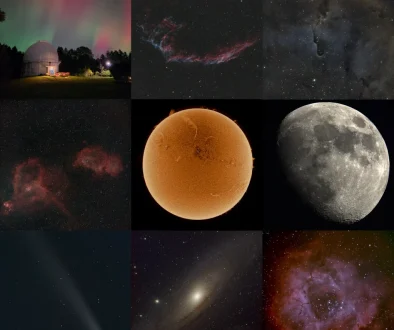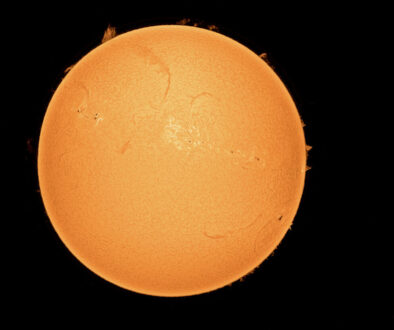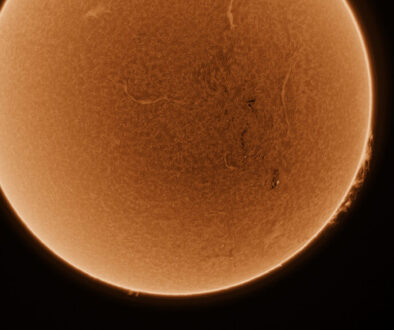I imaged Saturn and its moons at opposition!
Less than 1 minute
Minutes
I took advantage of a few clear nights to image Saturn with my Celestron 8 SCT telescope, a PowerMate 2.5x and a dedicated planetary camera (ZWO ASI224MC).
Seeing was below average, but I collected enough data and I stacked Saturn images into the final image visible below. The image shows the yellow disc of the planet, the rings with the Cassini division and even three moons: Rhea to the top, Tethys to the left and Titan with its yellow atmosphere (made mostly of nitrogen and methane) to the bottom. If you scroll between the two images I added the label with Saturn’s moons.
For a few days around the time of the opposition, Saturn’s rings suddenly intensify their apparent brightness due to the “opposition surge”, also known as Seeliger effect.
I made a short YouTube video of Saturn. Scroll to the end of this page to watch it. I hope you’ll enjoy it!
Date: 2022-08-13 04:28UT
Location: Richmond Hill (ON)
Scope: Celestron 8 SCT, Tele Vue PowerMate 2.5x
Mount: Celestron AVX
Camera: ZWO ASI224MC
Location: Richmond Hill (ON)
Scope: Celestron 8 SCT, Tele Vue PowerMate 2.5x
Mount: Celestron AVX
Camera: ZWO ASI224MC
Filter: ZWO IR Cut filter
Finder Scope: Explore Scientific 8×50 Non-Illuminated Finder Scope
Focuser: Celestron Focus Motor
Software: FireCapture (best 25% of 60 seconds videos), AutoStakkert!3 (AS!3), Registax, Topaz DeNoise AI, GIMP.
Software: FireCapture (best 25% of 60 seconds videos), AutoStakkert!3 (AS!3), Registax, Topaz DeNoise AI, GIMP.
Saturn just one day before the opposition.
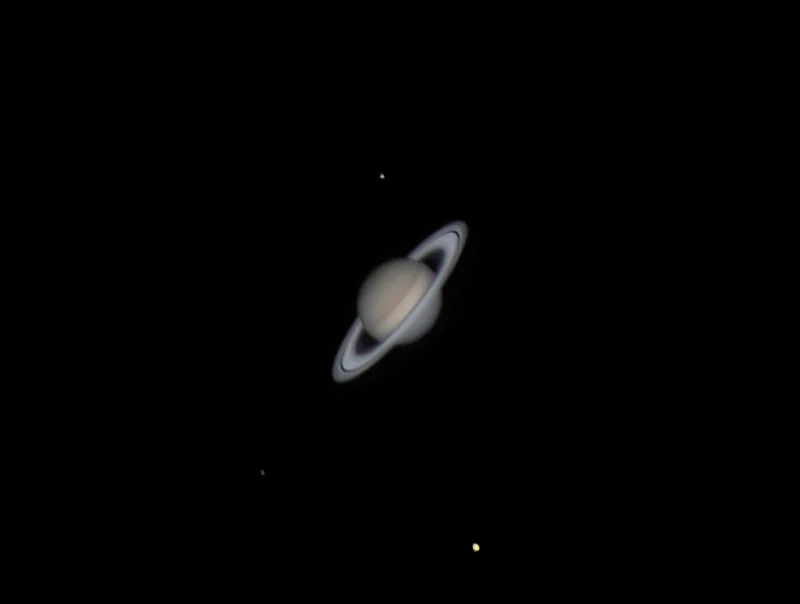

I also switched filter and captured Saturn with an Astronomik IR642BP IR-pass filter.
Date: 2022-08-13 03:41UT
